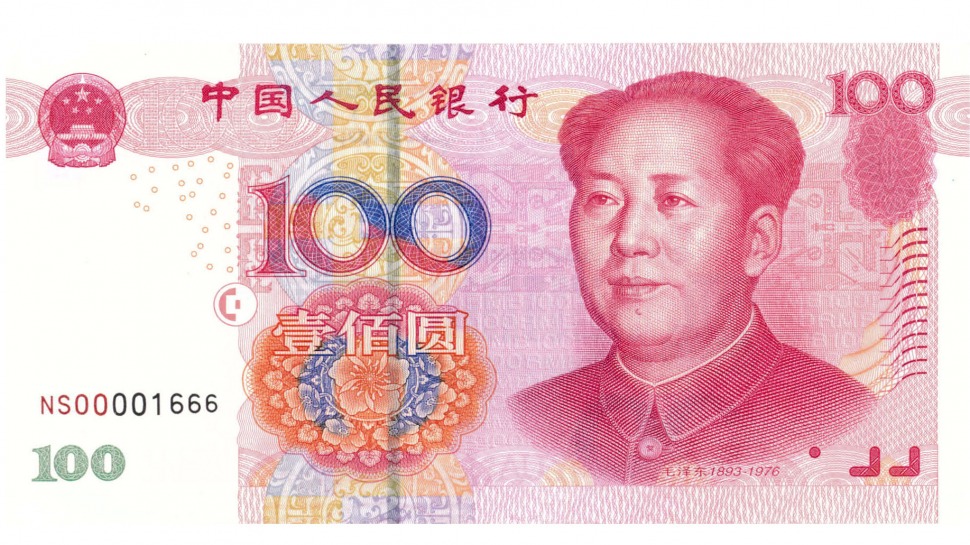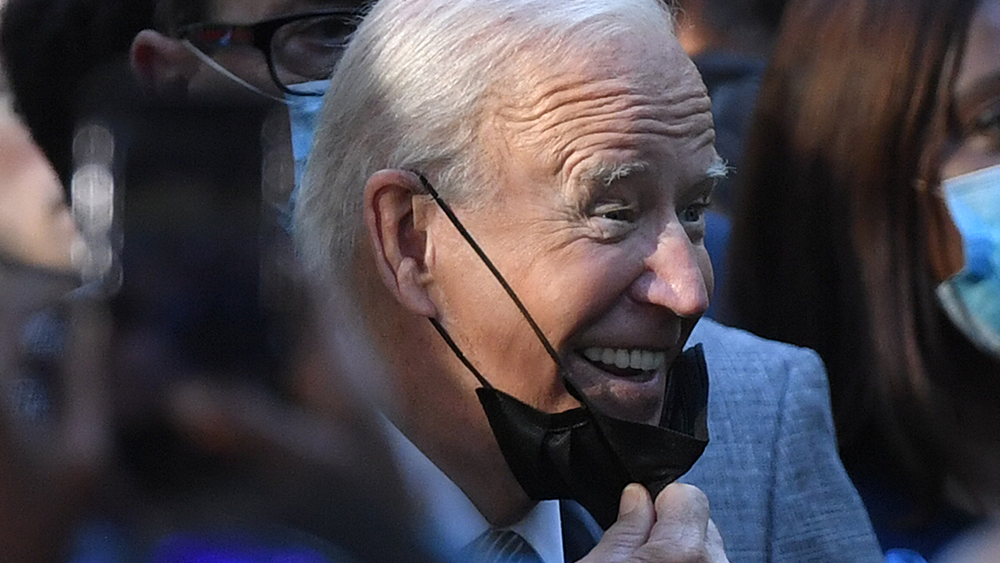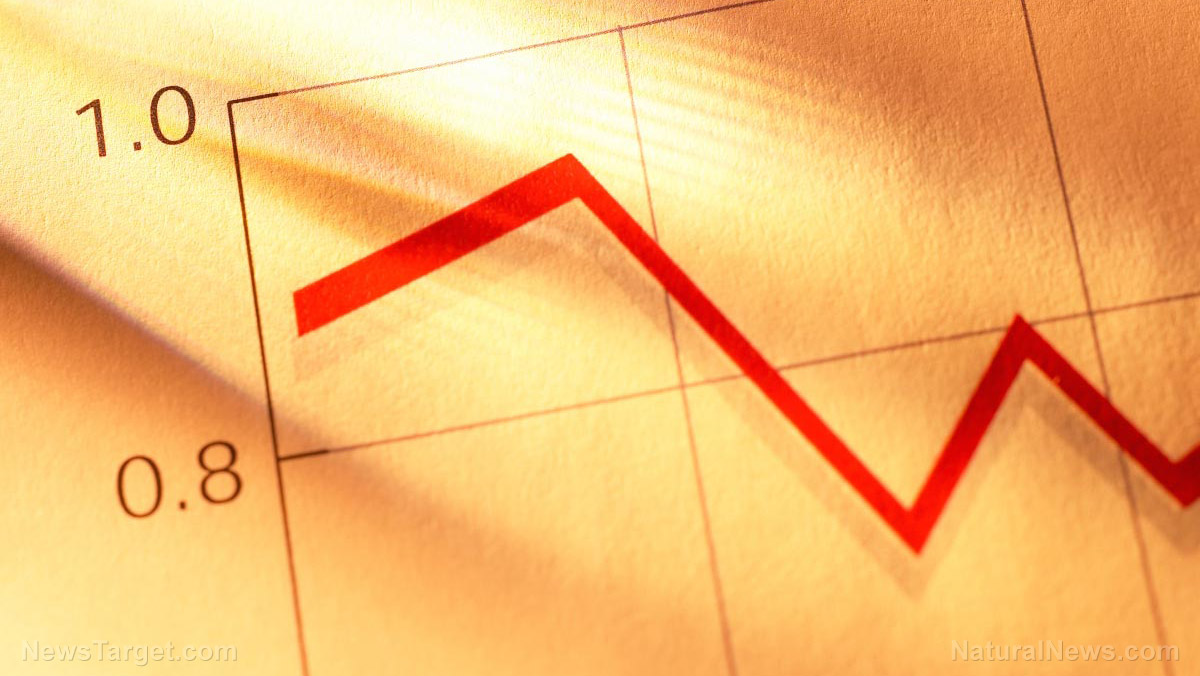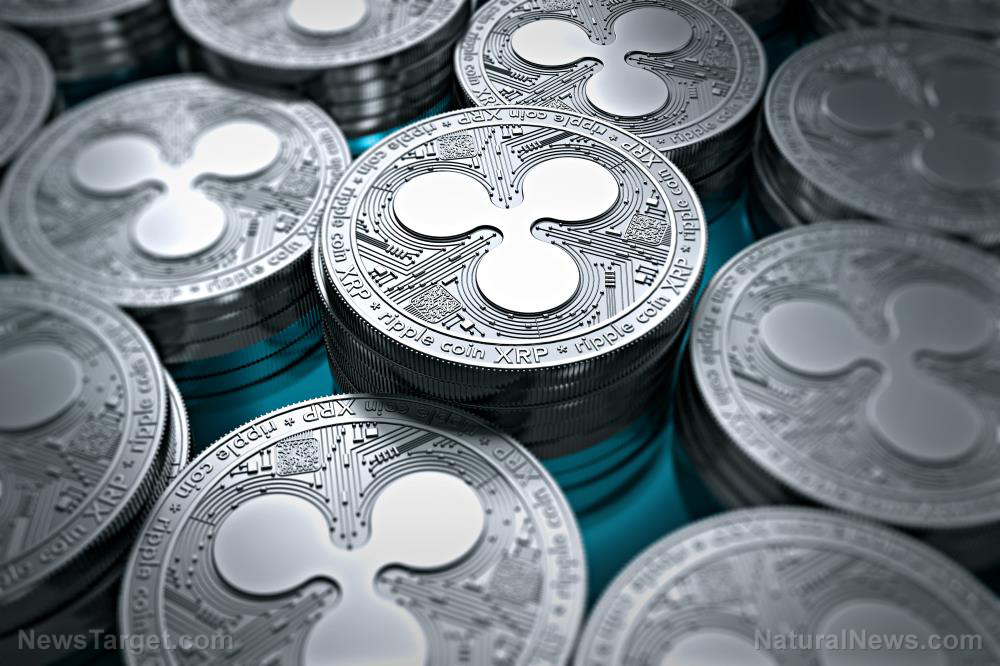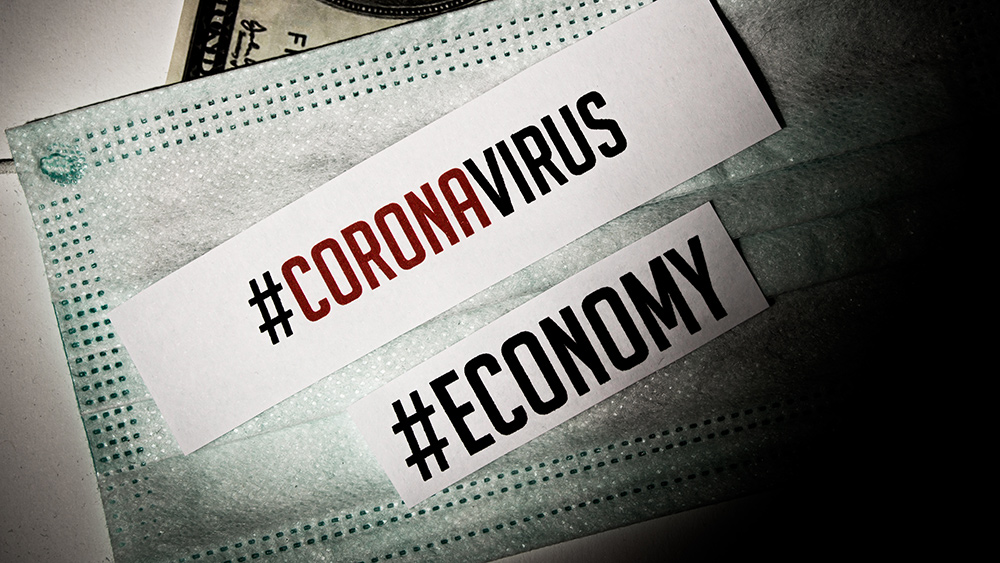Gold prices could hit $15,000 in 2025 as the dollar continues to fall
08/06/2020 / By Franz Walker

Gold prices are at an all-time high thanks to the weakening value of the U.S. dollar. However, experts warn that the price of the yellow metal could increase much further.
In a video conference with Kitco News, Euro Pacific Capital CEO Peter Schiff and best-selling author Jim Rickards both think that the rally is far from over. According to Rickards, the value of gold could go as high as $15,000 an ounce on or before 2025, while Schiff says it could go even higher.
Rickards points out that $15,000 is the implied, non-inflation price of gold should a gold standard be theoretically be adopted again.
Bull market for gold was a long time coming
Schiff has been pointing out that gold would eventually reach these historic prices for some time now. In the video call, he even expresses surprise that it was doing so only now.
“I’m surprised it’s actually taken this long to get here because the last time we were in this area it was 2011,” Schiff said. “And a lot happened in the last decade almost. We’ve certainly printed a lot of money. And I think the world should now be able to figure out what should have been obvious back then but wasn’t for whatever reason.”
He then explained that the Federal Reserve (the Fed) has “moved into a policy from which is could never extricate itself.”
According to Schiff, when the Fed initially went to quantitative easing, most people thought that it would be a temporary measure and that the Fed would eventually be able to normalize rates and shrink its balance sheet – something that Schiff said was “impossible” from the beginning.
“I think the markets are beginning to realize that I was right about that,” he continued. “And when they contemplate a future of endless money printing and zero percent interest rates forever, in multi-trillion dollar deficits funded by the Fed’s printing press, it’s starting to sink in and they’re getting rid of their dollars and they’re buying gold.” (Related: Peter Schiff: The dollar crash will take down the entire U.S. “house of cards.”)
While Rickards agreed with Schiff in that this situation has been brewing since 2011, he also pointed out that bear markets and bull markets exist in “any tradeable instrument and commodity,” adding that he simply considered gold to be another form of currency.
“What we’re really talking about when we say, you know gold is up, what we’re talking about [is] the dollar price of gold and I view it as a cross-exchange rate,” he explained. He then added
“So [there are] just alternative forms of money where people get to express a liquidity preference or a credit preference, if you will, if you’re concerned about [or] losing confidence in the dollar.”
Rickards then brought up two of the previous bull markets for gold, from 1971 t0 1980 and 1999 to 2011, and how a significant bear market existed in between them as well as after. Here, he noted that whenever there’s a big change in the price of gold, there’s always a 50 percent correction along the way.
Schiff then pointed out that the correction, or retracement, had already happened and that the market now had a very solid base from the bear years for a bull run.
“I think we’ve formed a very solid base, really between about 1,200 and 1,500 which is where gold was trading for most of those years since it peaked,” he said. “I think we’ve broken out of that range I think we’ve taken out the highs. I think it’s another leg of the bull market. I don’t think there’s going to be any significant pullbacks from here.”
“If you’re waiting for a big drop to buy gold, you’re going to wait a long time.”
Gold prices to increase alongside Fed balance sheet expansion
Both experts agree on the fact that it’s the expansion of the Fed’s balance sheet that is driving the price of gold up.
“If you look at the last time that the Fed expanded its balance sheet on a significant level, during the last recession, what we saw was gold rising in tandem along with the expansion of the Fed balance sheet. In fact, during the years 2009 to 2011, that three year period gold rose 200 percent,” noted host David Lin.
With this in mind, Lin asked if the same could happen with the Fed’s current expansion of its balance sheet.
According to Schiff, the only reason gold stopped rising after its initial run earlier in the decade, was because “the world was convinced that the Fed could unwind the policy, that it could normalize rates, that it could shrink its balance sheet.”
Schiff then pointed to the earlier 1980 bull run, which he explained, ended after then-Fed chair Paul Volker “did the right thing and let the market set interest rates.” This resulted in interest rates going up to 20 percent, which “broke the back” of the bull market.
This time, however, Schiff notes that the Fed cannot afford to increase interest rates, because “we’re too broke to afford it.” In addition, Schiff also stated that the Fed can’t promise to shrink its balance sheets, because “if they couldn’t shrink it when it was 4.5 trillion how are they going to shrink it when it’s 10 trillion or 20 trillion.”
“I don’t really see how there’s any way that they can stop the dollar from collapsing.”
Schiff likened the situation to 1971 when a nine-year bull run started after the U.S. fully divested itself off the gold standard. This time, however, Schiff says that it’ll be the rest of the world that’ll be getting off the dollar standard and moving back to the gold standard.
Following up on this, Rickard predicted that gold would eventually reach $15,000 per ounce in 2025.
“If you just take the average of the prior bull markets: 1971 to 1980, nine years, 2,200 percent, 1999 to 2011, a twelve-year bull market, about 700 percent. Just take the average, you don’t have to go to the higher of the two or extrapolate, if you just take the average of the two you would say the next bull market is going to be a little over 10 years and it’s going to go up 1500%,” he explained.
Schiff followed this up stating that the number is actually a “moving target,” and that the value could increase even further based on how much money the Fed continues to print.
In addition, he also pointed out that it was also important to look at the price of gold in relation to the Dow Jones index. He pointed out that the Dow/gold ratio has seen much higher levels than today. This suggests that should the ratio retrace historic levels, the price of gold could go much higher.
“Another way to look at it is to just look at the price of gold in relation to the Dow Jones because you have historical reference points where twice in the prior century at significant bear market lows, the Dow traded down to a single ounce of gold: 1932 the Dow Jones was roughly equal to an ounce of gold, and in 1980, the Dow was roughly equal to an ounce of gold,” Schiff explained.
At the current levels, Schiff stated that the price of gold will have to reach $26,000 an ounce to achieve parity with the Dow.
Follow MoneySupply.news for more on how the dollar may eventually collapse as a result of the Fed’s policies.
Sources include:
Tagged Under: bull market, coronavirus, covid-19, dollar, economic collapse, economics, exhange rate, Federal Reserve, fiat currency, finance, gold, gold price, gold standard, monetary collapse, Precious Metals, the Fed, trading, Us Dollar
RECENT NEWS & ARTICLES
COPYRIGHT © 2017 MARKET CRASH NEWS

